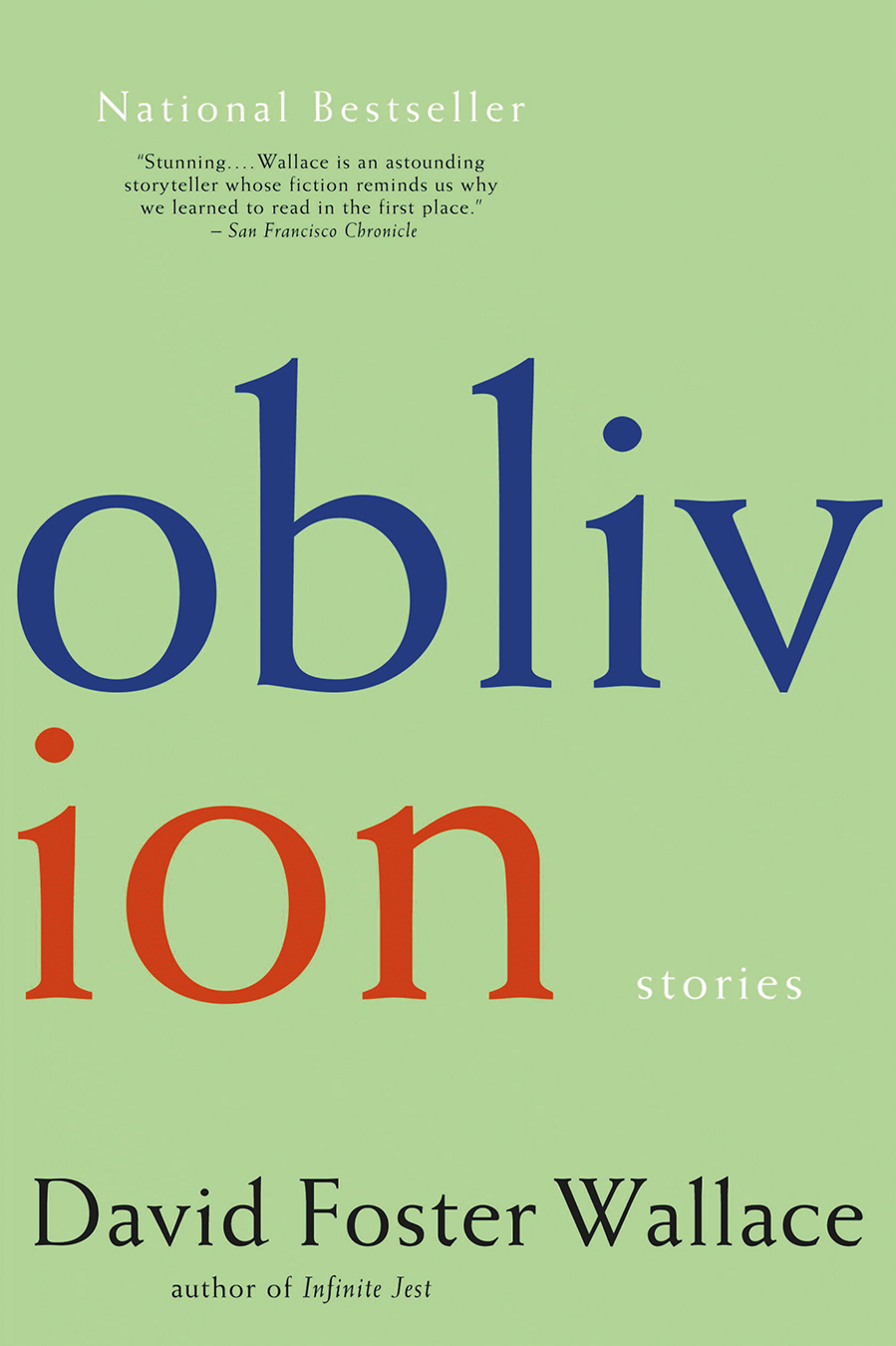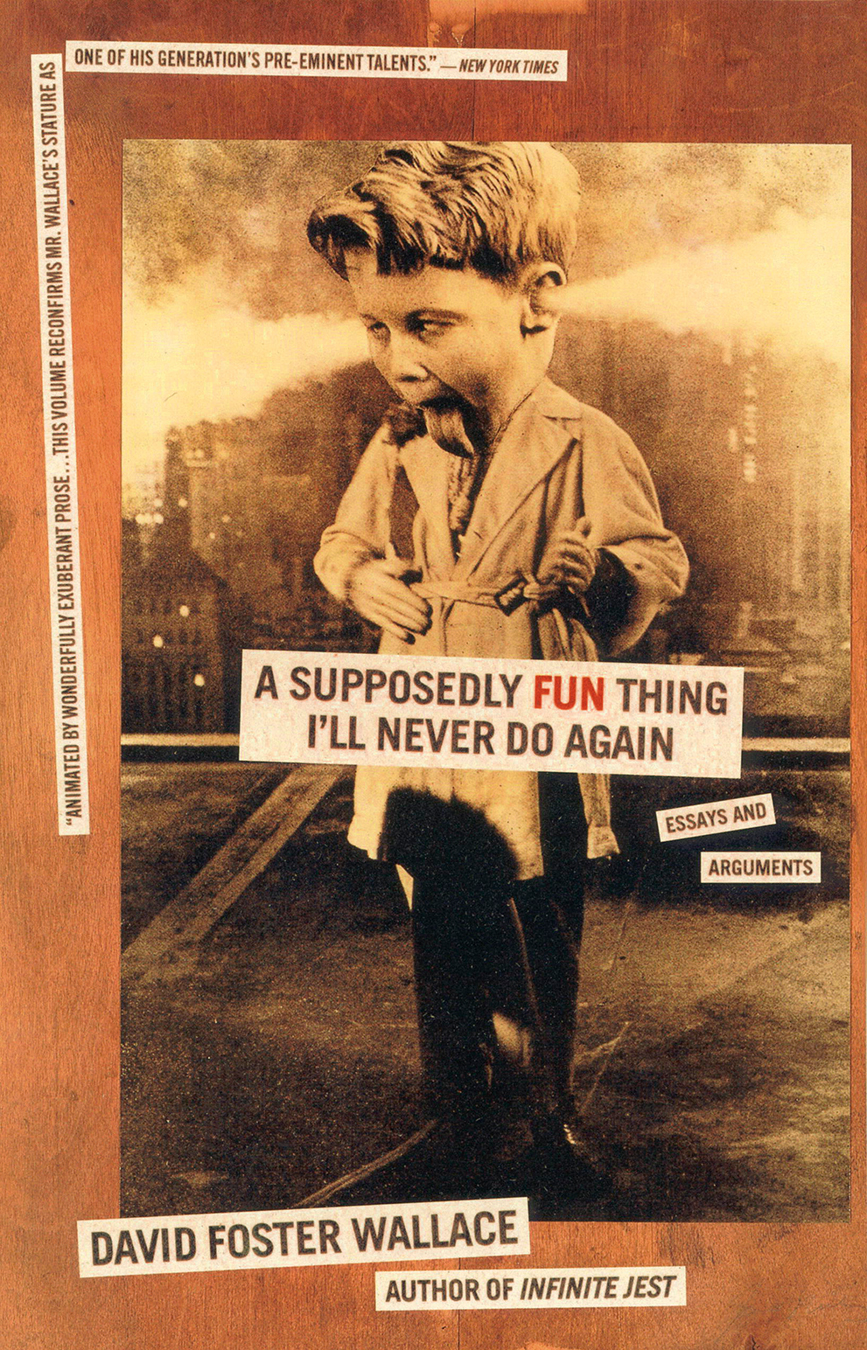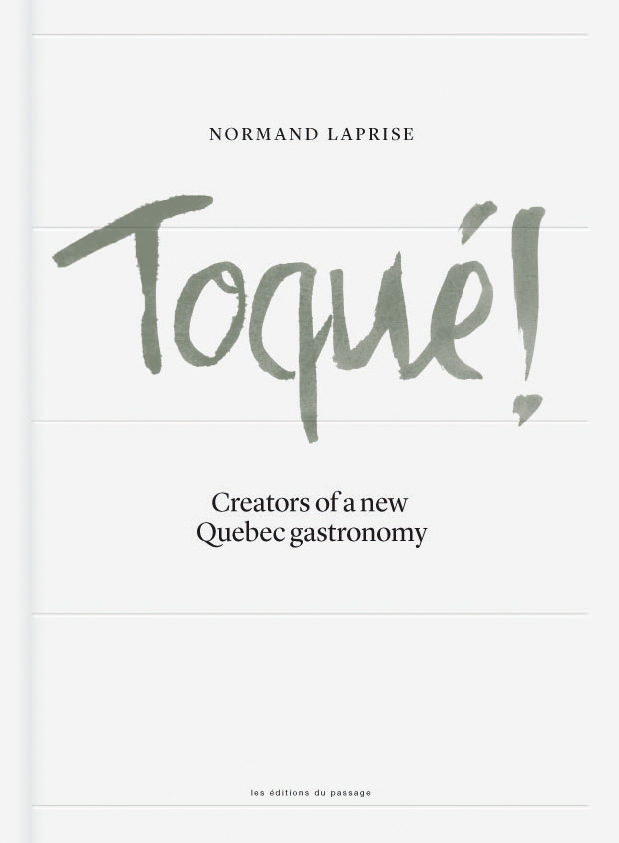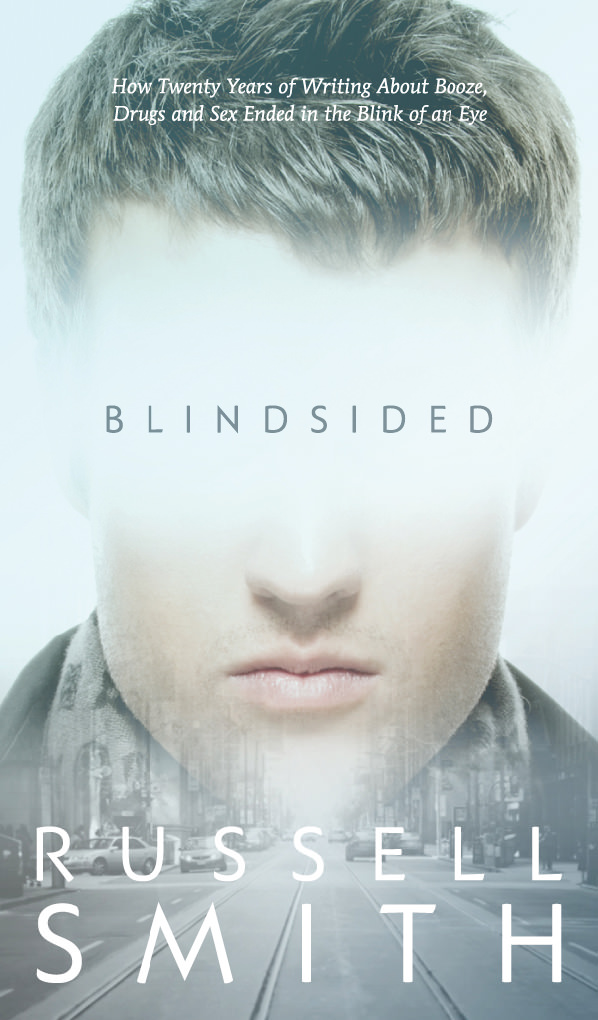David Foster Wallace
An extraordinary mind.
Given the serious and slightly bleak tone of my last column, I had intended to make this one brighter. Then David Foster Wallace died, at age 46. I previously wrote about Wallace’s book of essays Consider the Lobster, but it’s important to bring his work up again. He was very likely the best and most important American writer of his generation. The judgment rests partly on his vast scope—he seemed to know everything, from tennis and television to abstruse mathematical principles and the outer reaches of language itself—and partly on his emotional and linguistic range. His writing can be simultaneously funny and sad. It admits no cheap emotions but can, in perfect pitch, mimic the cheap effects of consumer culture. And it often describes with unmatched intelligence and nuance the loneliness of being surrounded by a mind-numbing, commodified artificiality that can erode our sense of reality and our faith in ourselves.
I’d like to consider here three books by Wallace, beginning with Infinite Jest, a sometimes difficult novel of over a thousand pages (including about a hundred pages of footnotes). The premise is almost too convoluted and absurd to describe. The story is set in a near-future North America, which has been amalgamated into the Organization of North American Nations (O.N.A.N.). Much of what used to be Quebec and the northeast United States is now a toxic waste dump. Naming rights have been sold to the calendar years so that the novel’s action moves back and forth between, for example, the Year of the Depend Adult Undergarment and the Year of the Trial-Size Dove Bar. And French-Canadian separatists, who want Canada to secede from O.N.A.N., attempt to acquire as a weapon a video recording of a film called Infinite Jest, which is so entertaining that anyone who watches it is amused, more or less, to death.
By this description the novel sounds like the work of a very clever, funny boy, but readers find themselves laughing out loud on one page, and moved to sorrow or wonder on the next. The writing is endlessly inventive and intensely vivid, and through it, we find ourselves becoming attached to the characters as deeply, though not always in the same ways, as we might to the well drawn characters in realist fiction. Hal Incandenza is an intellectually gifted tennis prodigy who, due to one or another mysterious cause, is often incapable of speech or of what passes for normal social behaviour. The novel’s opening pages find Hal before a row of academic deans at an Arizona university, who find his application for admission implausible (asked to write an essay on his “Most Meaningful Educational Experience”, he instead produced nine almost book-length essays, with titles such as “Montague Grammar and the Semantics of Physical Modality” and “Tertiary Symbolism in Justinian Erotica”). The novel begins:
I am seated in an office, surrounded by heads and bodies. My posture is consciously congruent to the shape of my hard chair. This is a cold room in University Administration, wood-walled, Remington-hung, double-windowed against the November heat, insulated from Administrative sounds by the reception area outside, at which Uncle Charles, Mr. deLint and I were lately received.
I am in here.
Hal is suspected of being a fraud, but is, instead, a freak. That he is unable to speak coherently for himself counts against him. By the end of the scene, his opening statement of fact—“I am in here”—becomes a repeated plea, which comes out mangled to the others in the room. Where he is, inside his skull, he is completely alone, and he’s suffering for it.
Hal lives in an academy for promising teen tennis players. The society here, adapted to its strange habitat—the pecking orders, routines, jargon, distractions—stands in close relation to that of the nearby Ennet House, a drug and alcohol recovery centre. In this facility, too, the comically absurd mixes with the dire amid a cast of a dozen or so characters, some of whom connect with the academy, some with the political mock-intrigue, and some only with Wallace’s far-venturing spirit. Here’s our introduction to a minor character named Clenette Henderson, in Clenette’s voice:
Wardine say her momma aint treat her right. Reginald he come round to my blacktop at my building where me and Delores Epps jump double dutch and he say, Clenette, Wardine be down at my crib cry say her momma aint treat her right, and I go on with Reginald to his building where he live at, and Wardine be sit deep far back in a closet in Reginald crib, and she be cry.
It’s an astonishing range, from Hal to Clenette to everywhere else between and beyond. That Wallace even attempts such a range is impressive. That he achieves something so weirdly original is a thousand-page thrill.
David Foster Wallace was very likely the best and most important American writer of his generation.
Of the seven essays in A Supposedly Fun Thing I’ll Never Do Again, two in particular still seem to be influencing other-than-by-the-book journalists almost 15 years after they first appeared, in much shorter form, in Harper’s magazine. In the title essay, Wallace reports on his regrettable experience aboard a luxury cruise ship:
I’ve seen fluorescent luggage and fluorescent sunglasses and fluorescent pince-nez and over twenty different makes of rubber thong. I have heard steel drums and eaten conch fritters and watched a woman in silver lamé projectile-vomit inside a glass elevator. I have pointed rhythmically at the ceiling to the 2:4 beat of the exact same disco music I hated pointing at the ceiling to in 1977.
The entire 100-page essay is pitched at this level of detail and scattershot remembrance.
In “Getting Away from Already Being Pretty Much Away from It All”, Wallace attends the Illinois State Fair. His position is less that of the native son returned—though he is that—than of the outsider to rural life commenting on the spectacle of mid-country Americana brought together into one place. One such spectacle is the Help Me Grow tent, hosted by Ronald McDonald and the state’s first lady, Brenda Edgar:
Mrs. Edgar is cool and groomed and pretty in a lacquered way … Her tragic flaw is her voice, which sounds almost heliated. The Mrs. Edgar/McDonald’s Help Me Grow Program, when you decoct the rhetoric, is basically a statewide crisis line for over-the-edge parents to call and get talked out of beating up their kids. The number of calls Mrs. Edgar says the line’s fielded just this year is both de- and impressive … Ronald McDonald, speech slurry and makeup cottage-cheeseish in the heat, cues the kids to come over for some low-rent sleight of hand and Socratic banter … I don’t want to asperse, but Ronald McDonald sounds like he’s under the influence of something more than fresh country air.
The passage itself is “both de- and impressive”. The all-too-serious comedy continues as we follow Wallace into the Sheep Building. (“The actual corporeal sheep … are all in tight white bodysuits, cotton maybe, with eye- and mouth-holes. Like Superhero suits. Sleeping in them. Presumably to keep their wool clean until it’s judged.”) He goes to the Midway, the Expo booths (“An indescribable booth for ‘LATEST ADVANCE ROTARY NOSEHAIR CLIPPERS’ whose other sign reads (I kid you not) ‘Do Not Pull Hair From Nose, May Cause Fatal Infection’”), the Prairie State Cloggers Competition, and so on. To counter the sense that he’s just making fun of these enterprises, Wallace directs ridicule at himself, too (see the disco dancing above). The strategy doesn’t exactly balance the scales, but we never get the feeling Wallace is being glibly disrespectful to his subjects, or dishonest with his readers.
Even Wallace’s short stories don’t stand up well to summary. They’re often events in themselves rather than a description of events, and they don’t reward us along the way with lyrical beauty so much as stun us with verbal performance. They tease out every last nuance, qualification, and contradiction of thought in a—usually pained—character. The two stories I’ve recommended most often to others since Wallace died are “Good People” (available on-line at The New Yorker site), which consists of a few heartbreaking paragraphs about a young Christian couple faced with an unwanted pregnancy; and a long story in Wallace’s most recent collection, Oblivion: Stories, called “Good Old Neon”, whose narrator, Neal, is speaking to us from a kind of eternal moment in the instant of his death by suicide. Most of the 40 pages leading up to the description of this death concern Neal’s lifelong struggle with the feeling that he is false to the core. (“My whole life I’ve been a fraud.”) We learn of his relationship with his family and his psychoanalyst, and of the many different worlds he has entered in vain attempts to feel real to himself: joining a charismatic church, meditation classes, drawing workshops, and practising celibacy and vintage-car restoration. Tangled in a paradox of self-consciousness, Neal finally describes his suicide and the opening that death offers:
Think for a second—what if all the infinitely dense and shifting worlds of stuff inside you every moment of your life turned out now to be somehow fully open and expressible afterward, after what you think of as you has died, because what if afterward now each moment itself is an infinite sea or span or passage of time in which to express it or convey it, and you don’t even need any organized English, you can as they say open the door and be in anyone else’s room in all your own multiform forms and ideas and facets?
Even before his own death, by suicide, Wallace opened these rooms for us. His readers are less alone because of his work.







